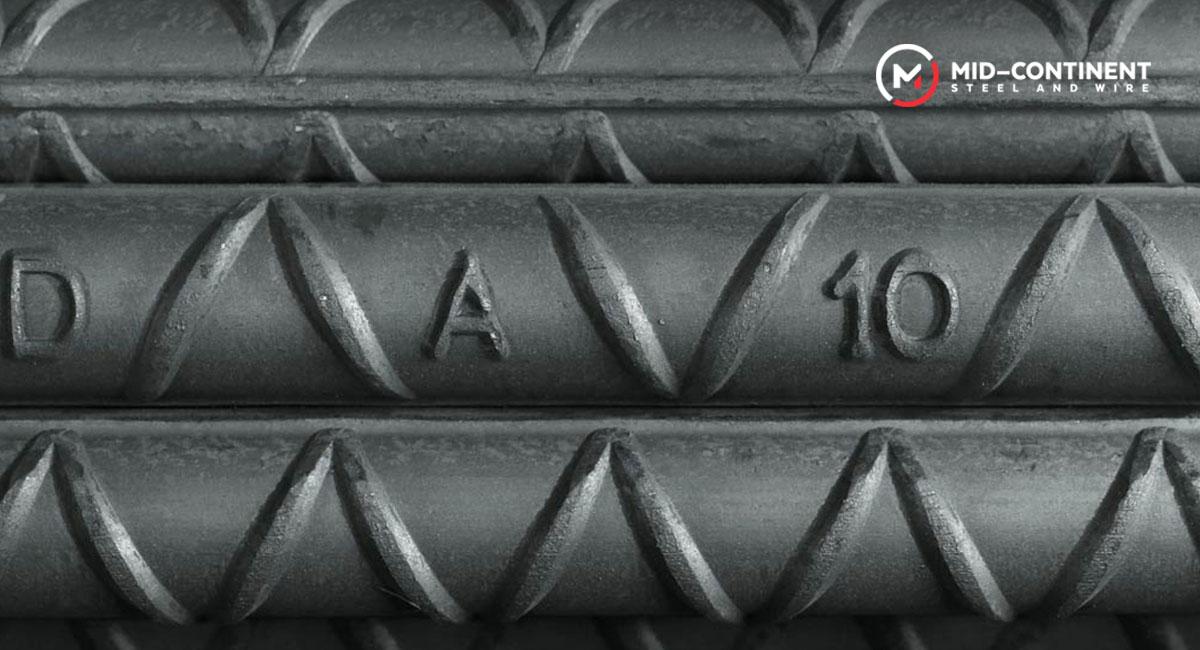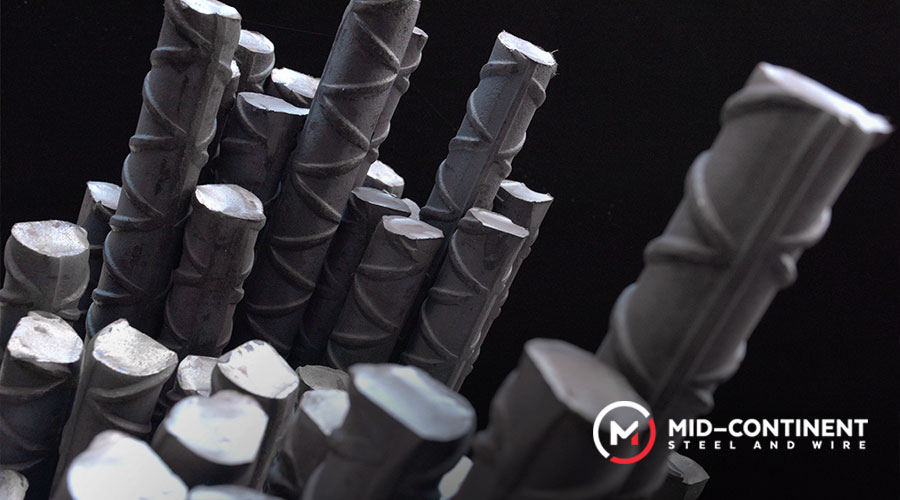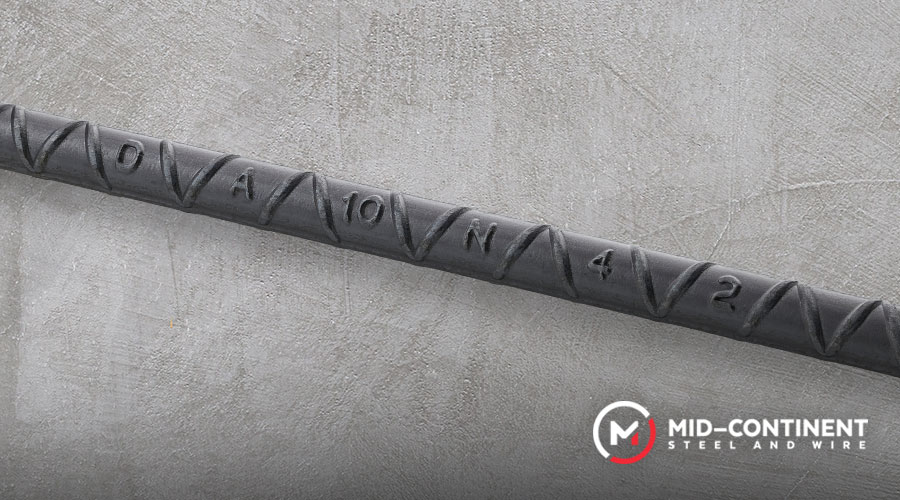
Looking at a rebar size chart provides information about the dimensions and specifications of reinforcing bars used in construction. Traditional steel rebar sizes are standardized based on their nominal diameter, which is typically expressed in eighths of an inch. However, there are many other factors to take into consideration before starting your project. Keep reading for a general overview of what you might find on a size chart and how to choose the most suitable rebar.

What can you find on a rebar size chart?
- Rebar designation: Rebar is assigned a number that corresponds to their diameter. For example, #3 rebar has a diameter of 3/8 inch, #4 rebar has a diameter of 1/2 inch, and so on.
- Diameter: The diameter of the rebar is one of the key dimensions provided in the chart. It’s usually specified in both inches and millimeters. Common diameters include 3/8 inch, 1/2 inch, 5/8 inch, 3/4 inch, and 1 inch, among others.
- Weight per unit length: The weight of rebar is used for estimating purposes. The weight per foot or per meter of each rebar size is typically listed in pounds (lbs) or kilograms (kg).
- Area: The cross-sectional area of the rebar, often expressed in square inches or square millimeters, calculates the amount of reinforcement provided in a concrete structure.
- Typical applications: Some charts may also include information about the typical applications or uses for each rebar size. This can help in selecting the appropriate rebar for different construction projects.
- Standards and grades: Rebars are manufactured according to various standards and grades, such as ASTM. The chart may specify the applicable standards and grades for each rebar size.
- Tensile strength: In some cases, the tensile strength of the rebar (measured in pounds per square inch, or psi) may be included, particularly in technical specifications.

Why do you need a rebar size chart?
Checking out a rebar size chart can help you select the best products for your project. These are some of the benefits:
- Selection of appropriate sizes: Rebar size charts help in selecting the appropriate diameter and weight of rebar needed for a specific construction project. Different projects may require different sizes of rebar depending on structural requirements, load-bearing capacities, and specifications.
- Estimation and planning: Engineers and contractors use these size charts to estimate the quantity of rebar required for a project. By knowing the dimensions and weight per unit length of each rebar size, they calculate the amount of reinforcement needed for concrete structures such as foundations, slabs, columns, and beams.
- Standards: These charts provide information about the standards and specifications of each size. This makes sure the rebar meets the strength, durability, and quality standards required by building codes and regulations.
- Structural integrity: Using the correct size and spacing of rebar is crucial for ensuring the structural integrity and safety of concrete structures. The charts help engineers and architects make informed decisions to prevent issues such as cracking, structural failure, or inadequate reinforcement.
- Efficiency in construction: Having access to accurate information facilitates efficient construction planning and execution. It helps streamline the procurement process, minimize material waste, and optimize labor resources on-site.
- Cost-effectiveness: By knowing the rebar grade and weights of different rebar sizes, construction professionals can make cost-effective decisions regarding material procurement and usage. This helps in controlling project costs while maintaining quality and safety standards.

Mid-Continent Steel and Wire Solutions
As part of DEACERO®, our rebar products are manufactured with the most advanced equipment and technology. Combined with our highly experienced technical support, our reinforcing bars will undoubtedly help you reduce costs in material, time, and labor.

